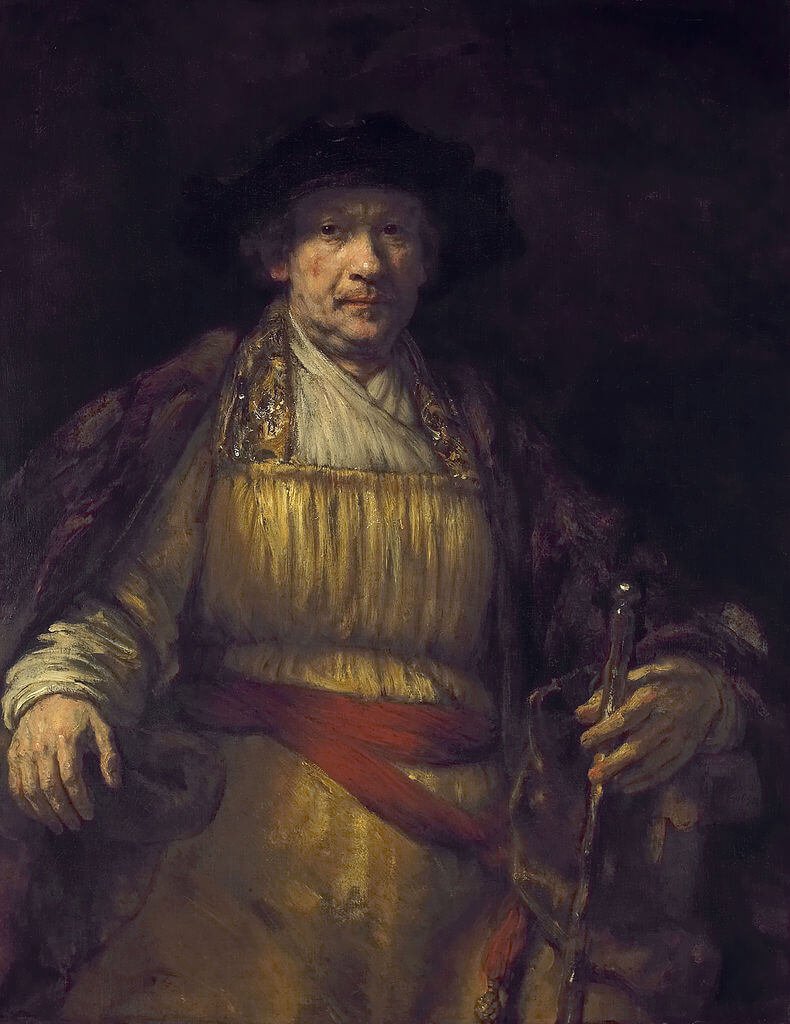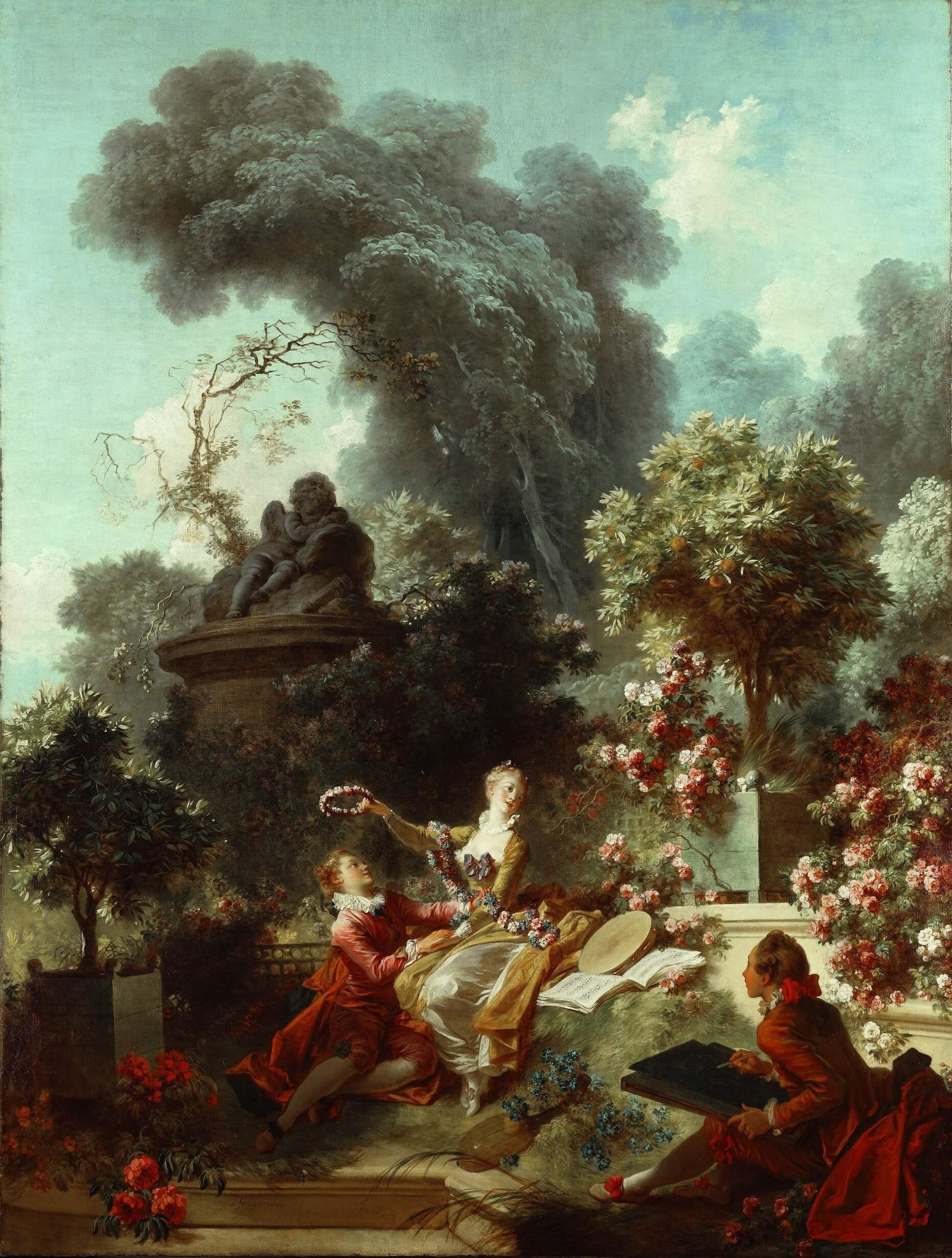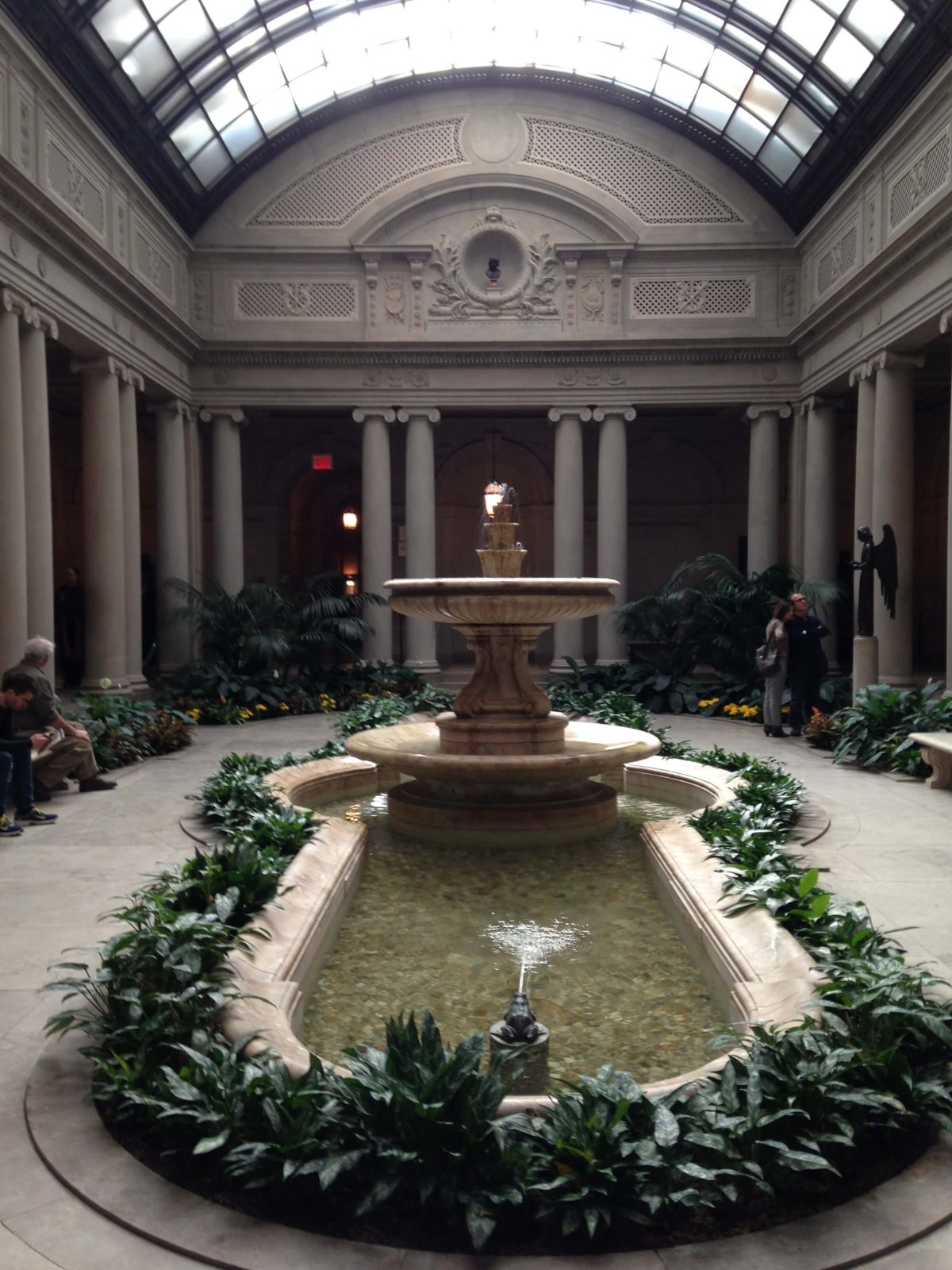Inside the Frick Collection’s tranquil Garden Court. This is the only room in the museum where photographs are allowed. Photo by A Scholarly Skater.
Since I wrote this article, the Frick Collection underwent a major renovation and restoration project. You can read all about the new and improved version in my super excited review. I’ll just leave this old post here for archival interest because everything I’ve said in it is still pretty accurate.
The Frick is one of my favorite museums. It’s a small, world-class museum. Its collections and scholarship are of the highest international importance. The artwork once belonged to Gilded Age tycoon Henry Clay Frick (1849-1919), who spent years building his collection and then had this Upper East Side home designed to showcase it.
The Frick is a calm oasis in the middle of crazy New York City. Once inside, the traffic on Fifth Avenue seems to be miles away, even though you can see it from the windows. The museum is usually well attended, but not packed, so it’s a nice place to spend an afternoon. The Frick feels like a museum and a luxurious home at the same time. The architecture is a gorgeous setting for the artwork.

The Frick contains Old Master paintings, Renaissance bronze sculptures, medieval art, and various kinds of European decorative arts. There are works by almost all the major Old Masters, important 18th and 19th-century British and French painters, and a few Impressionists. My favorite work in the collection is a Rembrandt self-portrait from 1658. There are also two complete suites of Rococo panels – one Francois Bucher and the other by Honore Fragonard. Both suites have been installed in their own rooms, which are decorated to compliment the panels. I particularly love the Bucher panels, which feature boy and girl putti studying the liberal arts. I also enjoy Frick’s library, which is filled with books, sculptures, and 18th-century British portraits. And I would recommend leaving time to sit in the tranquil fountain court.
In addition to the wonderful permanent collection, the Frick often holds significant special exhibitions. During my most recent experience, I saw a wonderful show of Turner’s paintings of ports. It included loans from all over the world as well as several paintings from the Frick’s collection. I believe that the current show has to do with Antonio Canova’s sculpture of George Washington.

The Frick is a museum that rewards taking your time to thoroughly enjoy everything and savor the experience. Everything there is well worth spending time on. It’s also someplace you can visit over and over and learn something new each time. In a city full of mega-museums like the Met, MOMA, or the Guggenheim, it might come as a surprise that this smaller building contains so much of great significance. But I assure you it’s true. Visit the Frick Collection website to plan a visit.



